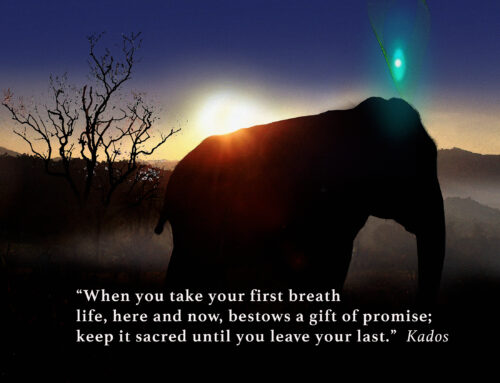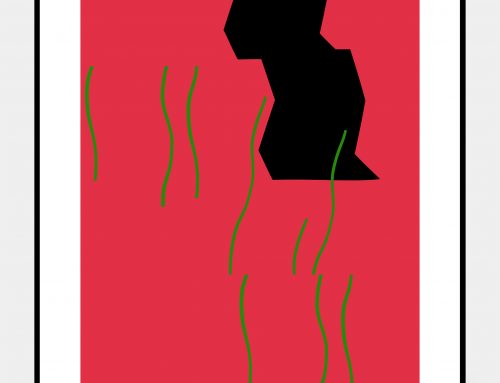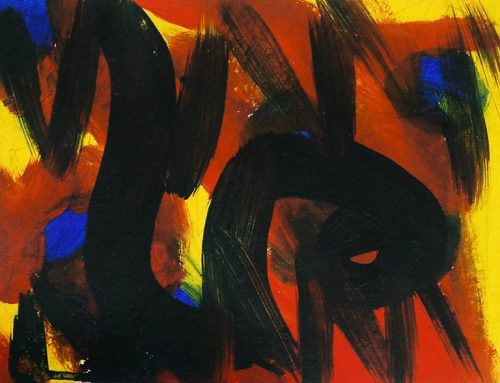I promised I’d explain the word Panom and so I shall.
In Thailand, the elephant and Buddha are inseparably linked in history and the evolution of that mythic relationship stems further back into ancient Hinduism;
The Hindu god Indra is carried across the universe on the eight trunked elephant Airavat and the elephant -headed Ganesh, who remains one of the most popular
of all mythological creatures.
‘Panom’ is the Thai word expressing the gesture of placing hands, palms together, to the forehead. The act itself is called a ‘wei’. For Thais, among peers, it’s an informal greeting, much like our handshake, and often like the ubiquitous American slang “ Hey, what’s up?” Between young and old, it’s a courtesy of respect and before the King, Buddhists monks, and in the temples, it represents utmost humility before Buddha.
‘Panom’ also happens to be the name of an elephant I met in Northern Thailand in 1998. This was when I first began filming the project.
Panom is a forty year old, light grey elephant with a gentle nature. She is unusually tall for a female and has a bobtail. Her amber-colored eyes, like all elephants, are ringed with dark stains from the runnels of tears.
Occasionally we go down to the river and swim together. I straddle her neck and hold fast to her large ears while she dives beneath the surface. She surges upward again and, with a full trunk of water, showers me. I like to lean over and kiss her on her domed head while scratching her ears. And sometimes I simply place my forehead against hers, the minds of two mammals, two different species, pressed together. If I could understand her pips and squeaks and low rumbles, what might I learn?
In the written children’s story, Panom and The Stone of Light, I have stitched together all the elements that have informed me—the meaning of the word, the real elephant Panom and the white elephant that appeared before Maha Maya. In the mythological pantheon, it is Airavat who creates the storms that nourish the earth. Like most deities, Airavat is male. Yet the social structure of elephants is matriarchal; Panom is the female counter-part. In this story, it is she who sets the stone of light spinning. We can imagine her in the turbulent heavens of tropical storms millennia before the birth of Buddha. We can imagine the vastness of her wisdom settling like rivers into the seas and the seas upon the earth.
We can imagine the white lotus unfolding, each petal a lesson for Peace.






